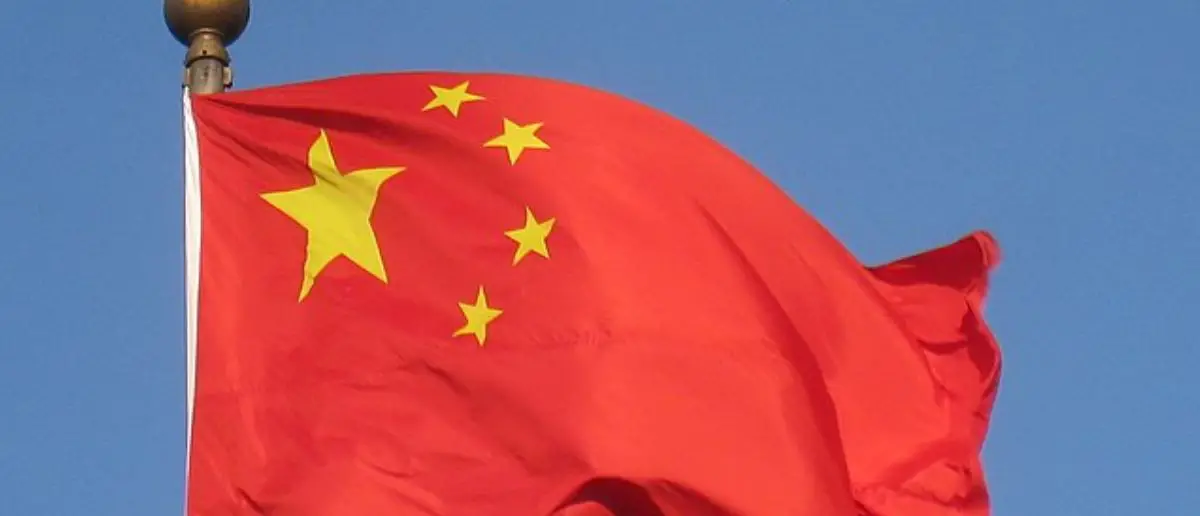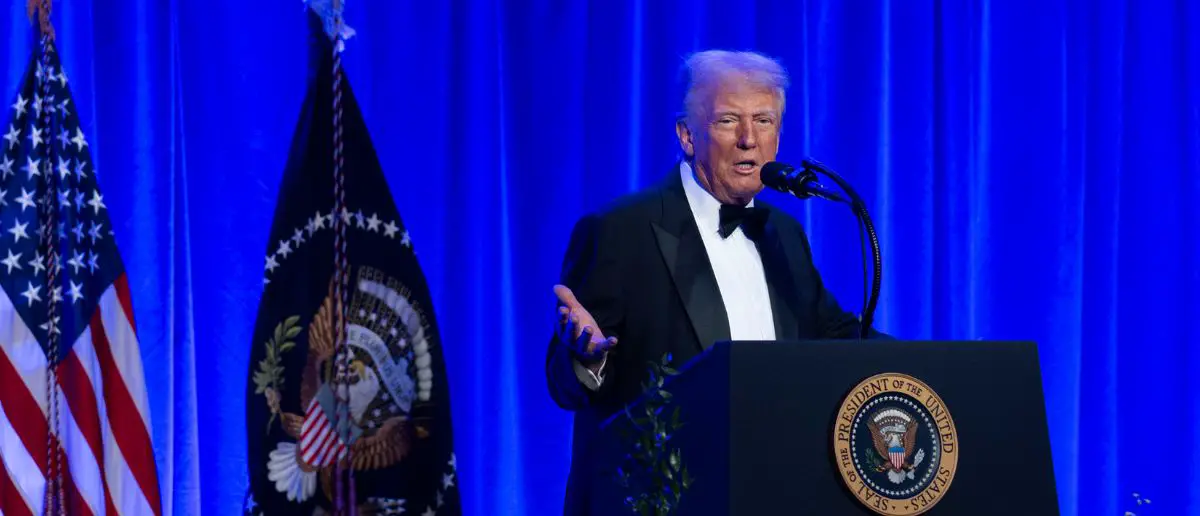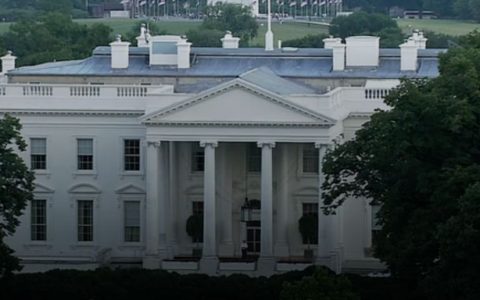
President Trump is used to betting on himself. He won’t backdown from his guns.
That’s why a Fox News host has made an astonishing prediction about what’s about to hit Donald Trump.
On Tuesday’s episode of “Jesse Watters Primetime,” Fox Business host Charles Payne forecasted that China will likely strike a tariff deal with the United States, potentially before the summer concludes, but “certainly before the year’s over.” Negotiations between Chinese officials and U.S. Treasury Secretary Scott Bessent were set for Monday and Tuesday to discuss a possible tariff agreement, marking the third round of face-to-face talks, as reported by Bloomberg.
During a conversation about former President Donald Trump’s tariff strategy, Fox News host Jesse Watters asked Payne when a finalized deal with China might emerge. “It’s going to come home soon. It’s a much bigger situation. It’s a much harder negotiation. But the bottom line is, China is suffering,” Payne said. “Behind the scenes, I saw a couple of clips where some folks were saying China would win this.”
“No way in h*ll they’re going to win this thing. They’re suffering. They’re going to cut a deal before the summer’s over, certainly before the year’s over,” Payne added. In April, Trump launched his “Liberation Day” initiative, imposing reciprocal tariffs on multiple nations. While many faced a standard 10% tariff, China and others encountered higher rates due to their own tariffs on U.S. goods.
While some nations began trade talks with the U.S. following “Liberation Day,” China responded by intensifying its tariff dispute with Trump. In response, Trump introduced a 90-day tariff pause for all countries except China. Before addressing China’s timeline, Payne emphasized Trump’s achievements with tariffs.
“He’s rewriting the record books, but he’s also rewriting so many things. He’s rewriting tradecraft, he’s rewriting the way we go after these things. When they initially started talking about tariffs, I was reading where the average tariff agreement that America has come to throughout history has taken, on average, two and a half years,” Payne said. “But these guys, what do these diplomats do?”
“‘We’ll meet in Geneva at a five-star hotel and get together a couple of times and have a lavish meal, and then we’ll agree to meet six months later at a nice, beautiful place somewhere else, and then we’ll meet again, and then we’ll meet again.’ It’s just like he’s cutting to the chase. We’re the beautiful prize out there. Everyone wants to do business with us. But somehow, someway, along the line, we started apologizing for being great. As we started to apologize, the more we apologized, the less great we became,” Payne said.
Since the 90-day pause, Trump has finalized trade agreements with Japan, the Philippines, South Korea, and Iraq. On Friday, he revealed that the success of these tariffs has led to a $27 billion budget surplus in June, prompting discussions about issuing rebate checks to Americans. With other nations securing deals, China faces an Aug. 12 deadline before steeper tariff rates take effect.
Trump Administration’s Use of Tariffs to Negotiate Trade Deals
The Trump administration has leaned heavily on tariffs as a tool to reshape global trade dynamics, aiming to secure favorable deals for the United States. By imposing or threatening tariffs, the administration has sought to address trade imbalances, protect domestic industries, and pressure trading partners into negotiations.
In early 2025, the administration introduced its “Liberation Day” initiative, which imposed reciprocal tariffs on countries with unfavorable trade practices. According to a Bloomberg report from July 2025, these tariffs targeted nations with high duties on U.S. goods, with China facing particularly steep rates due to its own restrictive policies. The move was designed to compel nations to the negotiating table, leveraging the U.S.’s economic influence as a major market for global exports.
🚨 BREAKING: President Trump just announced he’s reached a trade deal with the European Union
This is a HUGE deal. European goods coming into the U.S. will have a 15% tariff.
And the EU will:
✅ Put 0% TARIFFS on US goods
✅ Buy hundreds of BILLIONS in military gear
✅ Make… pic.twitter.com/mjgu2OqaJZ— Nick Sortor (@nicksortor) July 27, 2025
The administration’s approach deviates from traditional trade negotiations, which often involve prolonged diplomatic discussions. As noted by Charles Payne on Fox News, historical tariff agreements typically took over two years to finalize. Trump’s strategy, however, emphasizes swift action, using the threat of sustained or increased tariffs to accelerate talks. This has been evident in deals secured with Japan, the Philippines, South Korea, and Iraq by mid-2025, as reported by Reuters.
China, a focal point of Trump’s tariff policy, has faced intense pressure. The administration’s decision to exclude China from a 90-day tariff pause announced earlier in 2025 signaled a hardline stance. With an Aug. 12 deadline looming, China risks higher tariffs if negotiations falter. According to a July 2025 analysis by the Wall Street Journal, China’s economy, already strained by domestic challenges, is feeling the pinch, potentially forcing Beijing to make concessions.
The success of Trump’s tariff strategy is partly attributed to the U.S.’s position as a leading global market. By wielding tariffs, the administration has capitalized on the desire of other nations to maintain access to American consumers. A June 2025 report from CNBC highlighted that the $27 billion budget surplus, driven by tariff revenues, has provided the administration with additional leverage, even prompting discussions of rebate checks for Americans.
Critics, however, argue that tariffs risk escalating into trade wars, raising costs for consumers and disrupting global supply chains. A 2025 study by the Brookings Institution warned that prolonged tariff battles, particularly with China, could harm both economies. Yet, the administration maintains that short-term pain is necessary to correct long-standing trade inequities, pointing to the rapid agreements with multiple countries as evidence of success.
The ongoing talks with China, led by Treasury Secretary Scott Bessent, represent a critical test of Trump’s tariff-driven approach. Whether China will yield before the August deadline remains uncertain, but the administration’s strategy has already changed forever how the U.S. approaches global trade.
Stay tuned to the DC Daily Journal.





